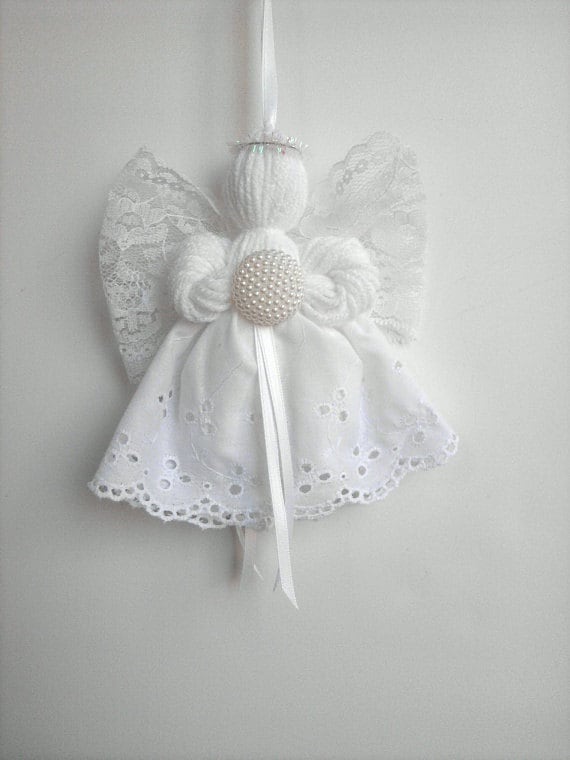
It was once thought that a sapphire could reveal unfaithfulness if it changed color while being held.In the Middle Ages, clergy wore sapphires to represent heaven and it was thought to attract heavenly blessings.It is said that ancient Persians believed that Earth rested on a giant sapphire that made the sky blue.Those in ancient Greece associated the stone with Zeus, God of the sky, and others believed it provided an ability to see into the future or initiate guidance from the oracle.Kings and queens in ancient Greece and Rome believed the owner of a sapphire would be protected from harm and envy.
 It has been closely associated with royalty. The sapphire has symbolized truth, sincerity, and nobility for thousands of years. The name “sapphire” came from the Greek word sappheiros, referring to a blue stone. Sapphire Meanings, Symbolism, and Folklore A purple color is a combination of all three trace elements. Iron and titanium are responsible for a sapphire’s blue color, and the more iron present, the darker the blue color of a sapphire. Yellow and orange sapphires get their color from the presence of iron and chromium, while pink sapphires are a result of high amounts of chromium. Part of the same corundum family as the ruby, stones in violet, green, yellow, orange, pink, and purple are known as “fancy sapphires.” Some exhibit color changes, depending on the lighting.Ĭorundum is naturally colorless, but trace amounts of elements like iron, titanium, and chromium lead to the range of colors. Outside of red corundum (rubies), all other corundum gems are considered sapphires.
It has been closely associated with royalty. The sapphire has symbolized truth, sincerity, and nobility for thousands of years. The name “sapphire” came from the Greek word sappheiros, referring to a blue stone. Sapphire Meanings, Symbolism, and Folklore A purple color is a combination of all three trace elements. Iron and titanium are responsible for a sapphire’s blue color, and the more iron present, the darker the blue color of a sapphire. Yellow and orange sapphires get their color from the presence of iron and chromium, while pink sapphires are a result of high amounts of chromium. Part of the same corundum family as the ruby, stones in violet, green, yellow, orange, pink, and purple are known as “fancy sapphires.” Some exhibit color changes, depending on the lighting.Ĭorundum is naturally colorless, but trace amounts of elements like iron, titanium, and chromium lead to the range of colors. Outside of red corundum (rubies), all other corundum gems are considered sapphires. 

The sapphire is best known for its striking pure-blue color, but it can range from greenish-blue to violet-blue.







 0 kommentar(er)
0 kommentar(er)
